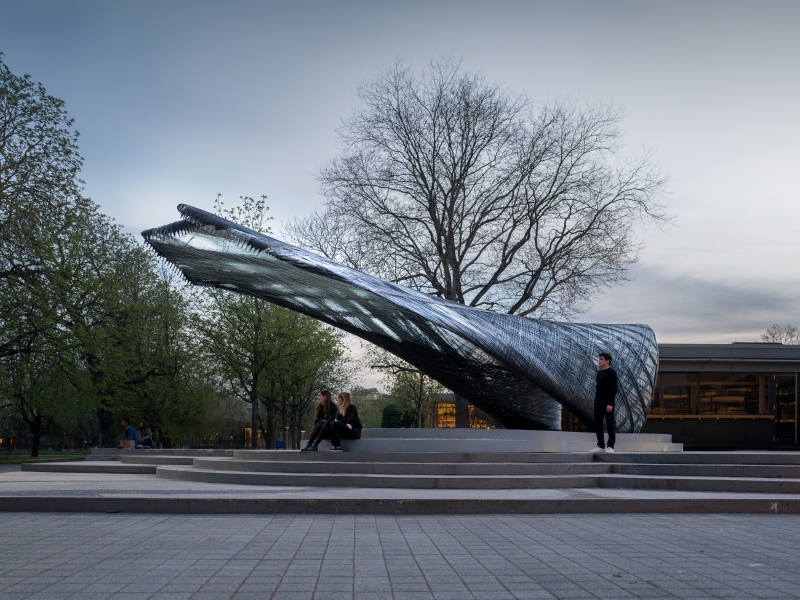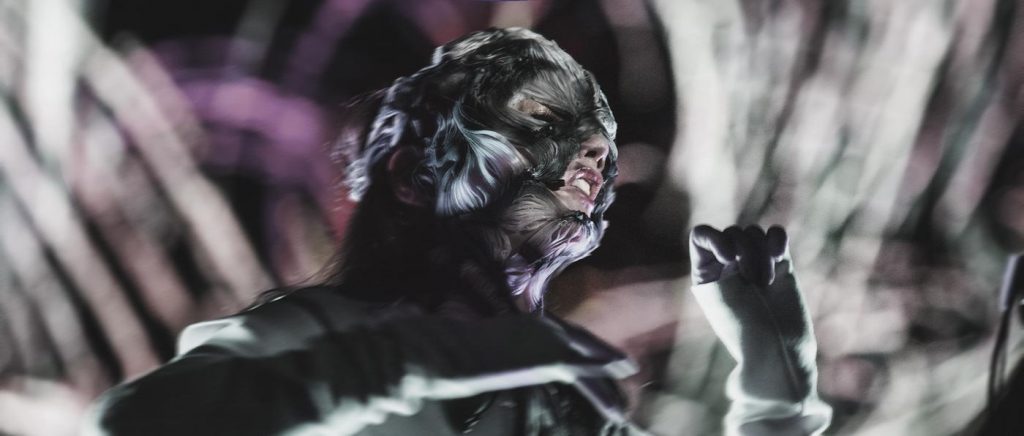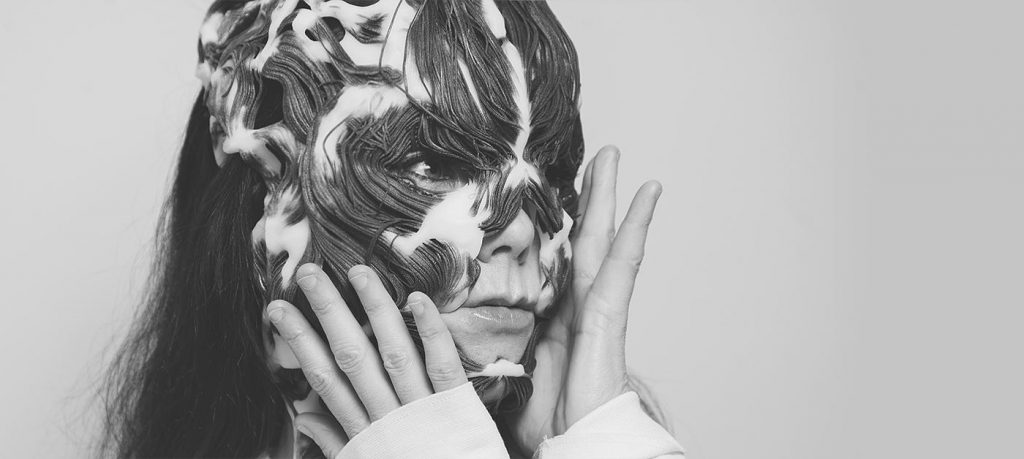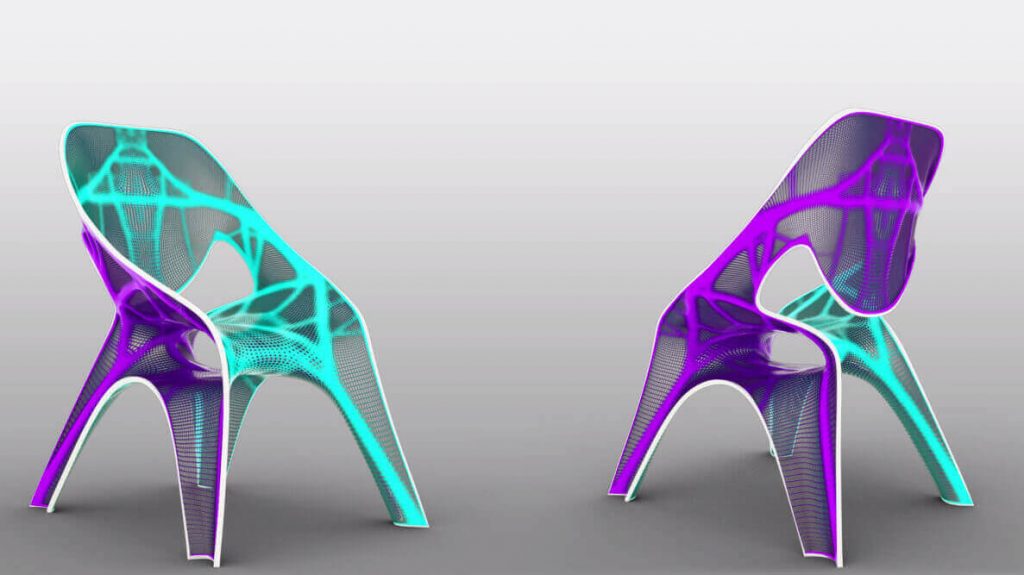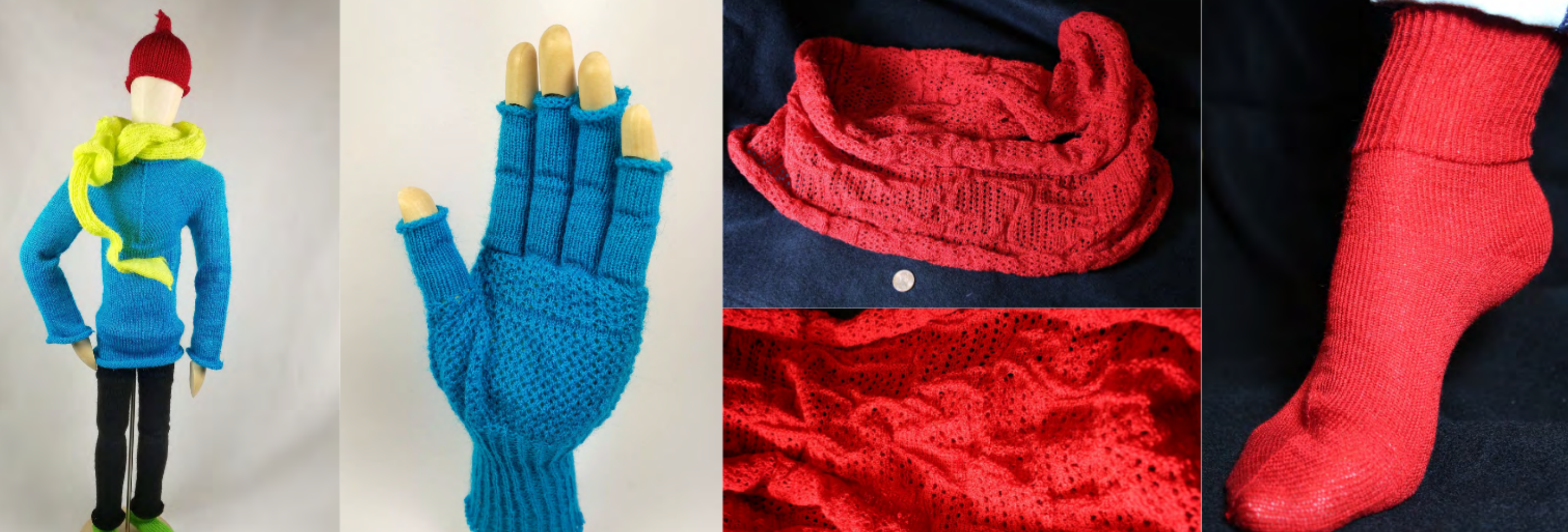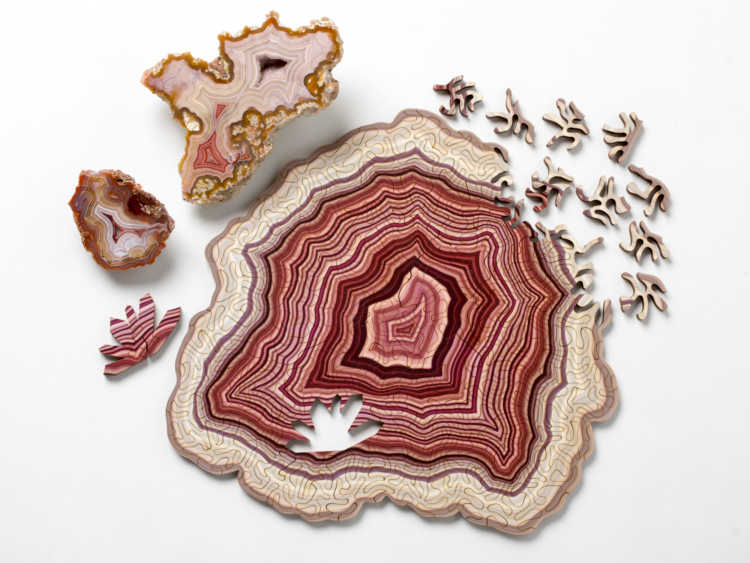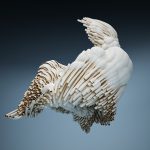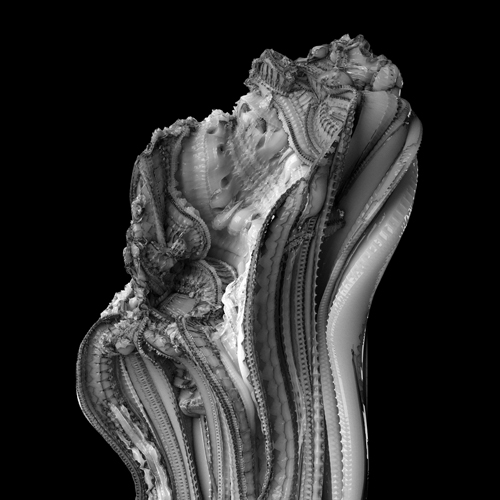
This week the project that I was really interested in was a collaboration between Olivier Van Herpt and Ricky Van Broekhoven Solid Vibration project (2005). I actually saw this a long time ago and it has stuck with me because I found it so interesting.

Van Herpt began by using a 3D printer to make pottery but noticed that the sounds and vibrations from the machinery was creating moiré patterns. Van Herpt wanted to embrace this so he enlisted Broekhoven, a sound designer’s, help. These patterns were an error but they inspired the pair to make art from the sound waves.
They did this by printing the pot onto a surface that was sitting on a speaker. As the speaker moved with the vibrations, this translated into the clay.
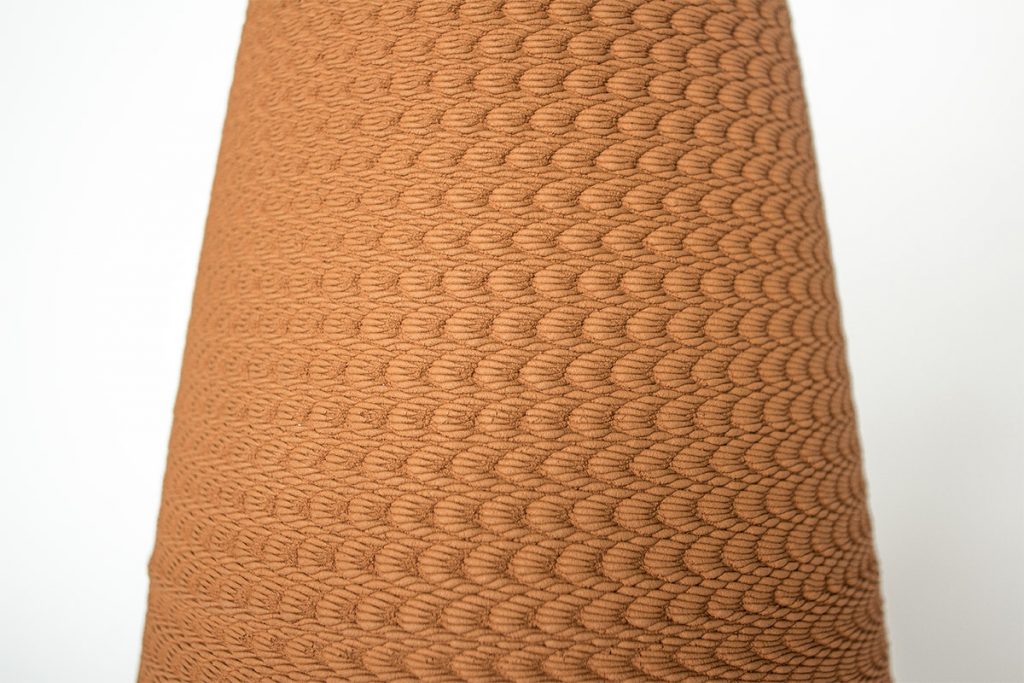
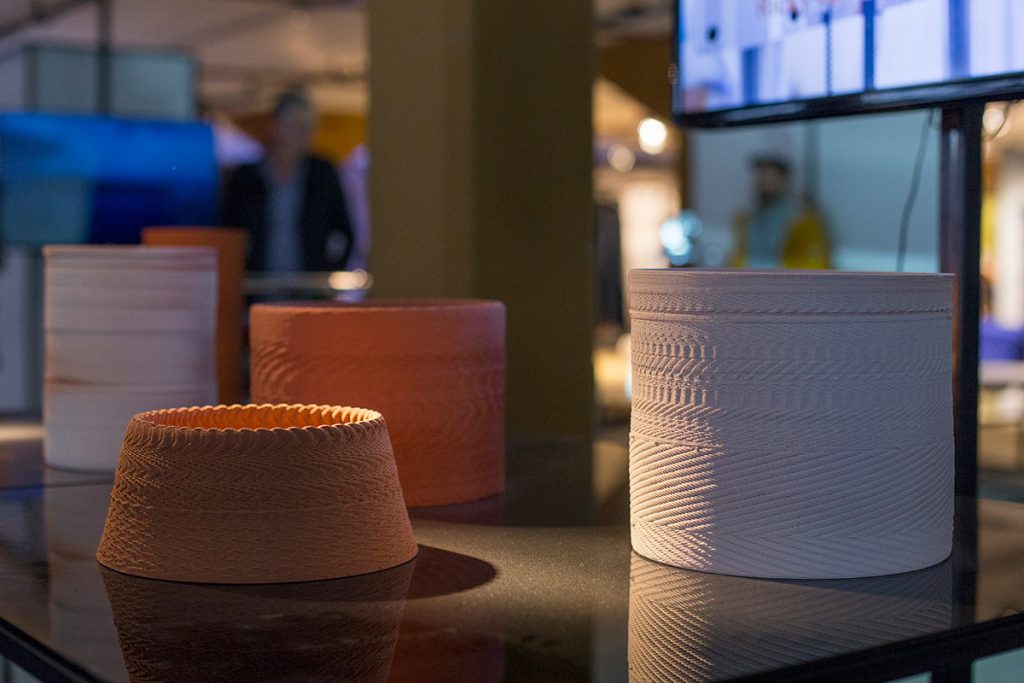
Olivier Van Herpt Site (source of images and video)
Note: I am unsure of what specific algorithms were used to print.
![[OLD FALL 2019] 15-104 • Introduction to Computing for Creative Practice](../../../../wp-content/uploads/2020/08/stop-banner.png)

